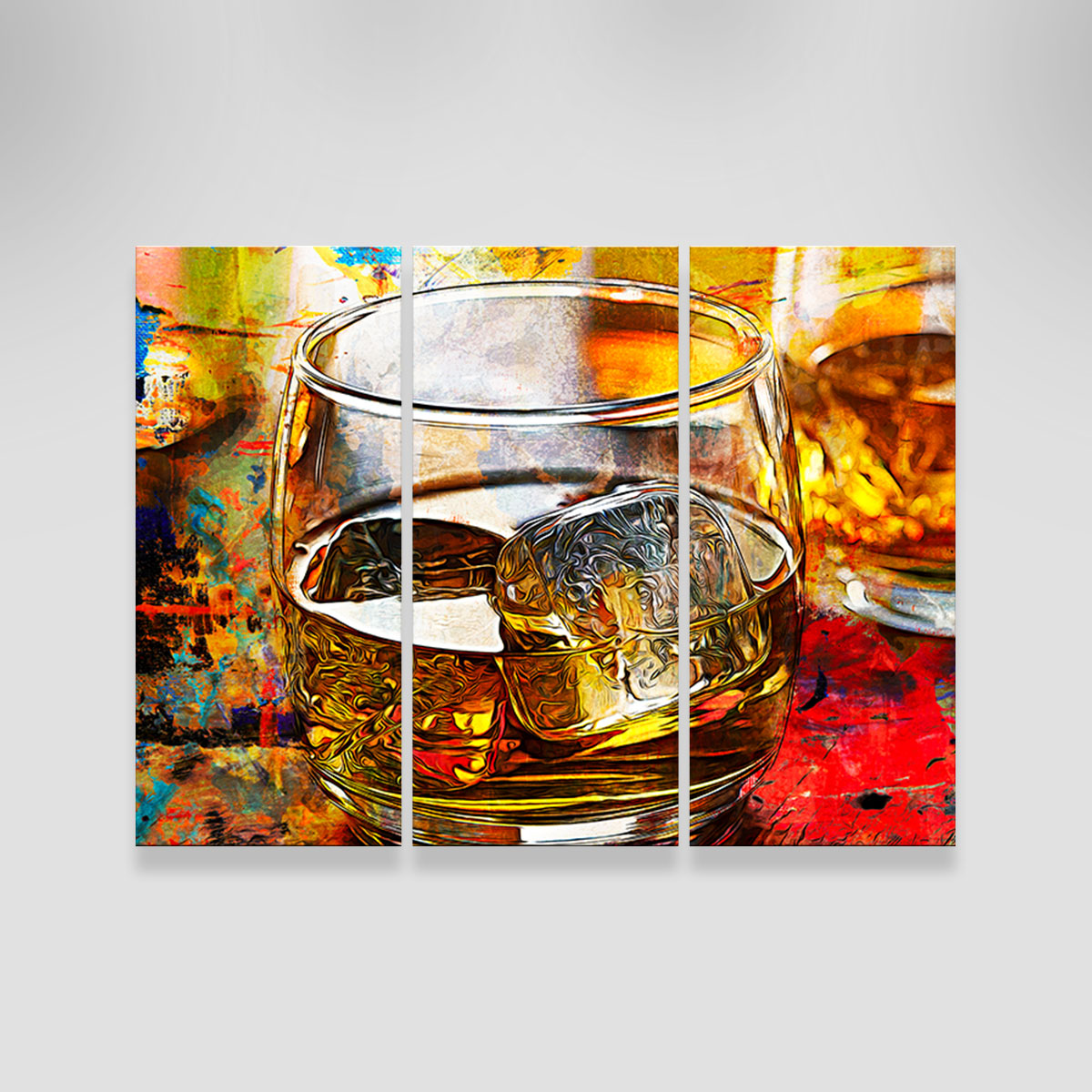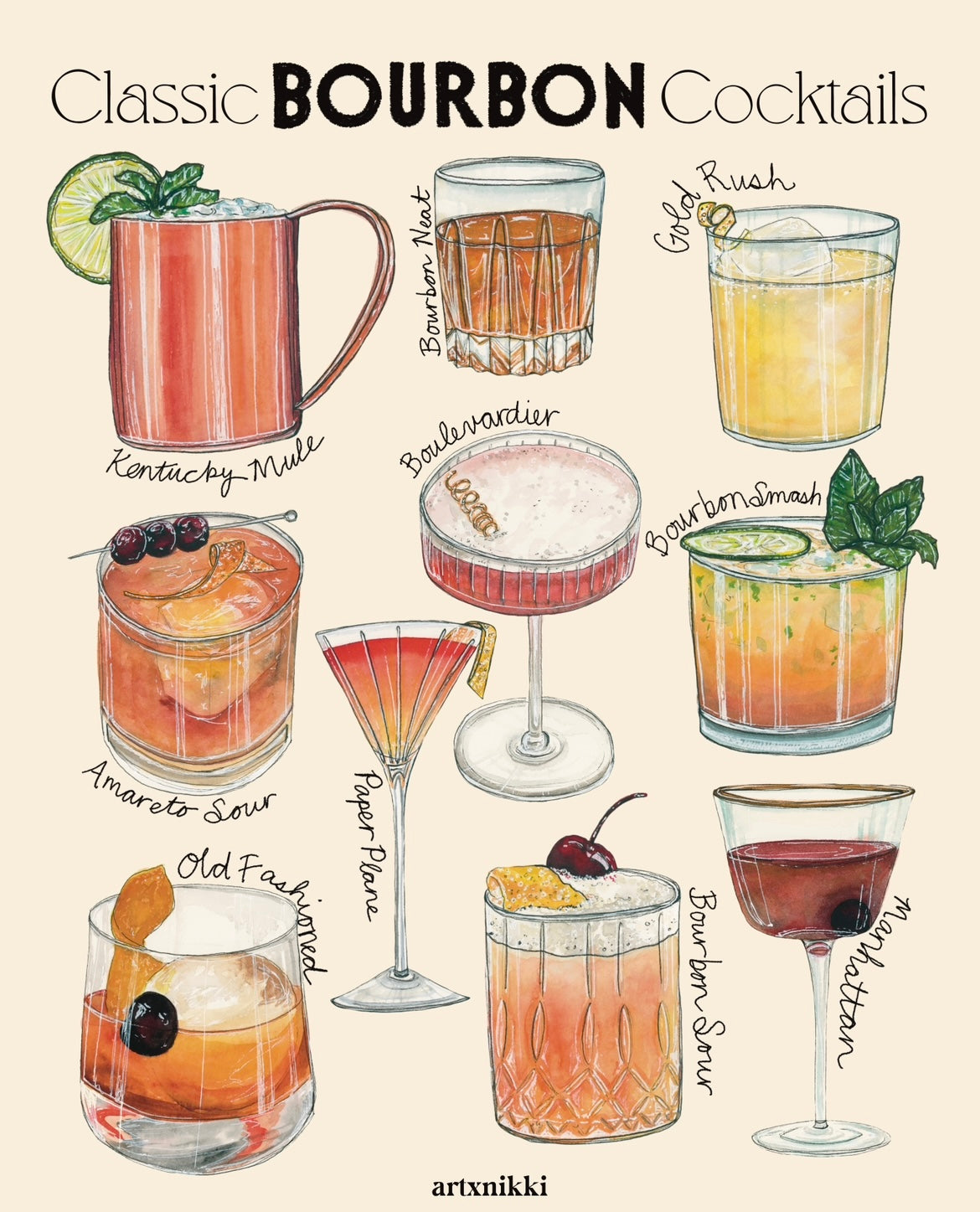Whiskey Art: Catching the Significance of Distillation in Every Brushstroke
Whiskey Art: Catching the Significance of Distillation in Every Brushstroke
Blog Article
Capturing the Significance of Bourbon Art Via Unique Visual Depictions and Styles
The art of scotch extends past the liquid itself, materializing with a range of aesthetic representations that envelop its storied heritage and craftsmanship. What stays to be revealed is how these advancing styles reflect not only the scotch itself yet likewise the changing landscape of imaginative analysis. Realism Art.
The Background of Whiskey Art

As whiskey manufacturing spread, so also did the desire to raise its experience through art. From the elaborate engravings on early casks to the elaborate tags of modern bottles, each component mirrors a special imaginative vision, acting as an aesthetic narrative of the scotch's heritage.
In the 19th and 18th centuries, the rise of the commercial change better boosted whiskey art, leading to cutting-edge packaging and advertising that recorded customer interest. Musicians and developers began explore appearances, imbuing whiskey-related images with symbolic definitions that conveyed ideas of workmanship, community, and custom.
Today, bourbon art proceeds to progress, blending typical techniques with contemporary art types. Realism Art. This ongoing discussion in between the spirit and its graph highlights the long-lasting bond in between bourbon and society, improving the overall experience for enthusiasts worldwide
Iconic Bottle Styles
While numerous variables add to the appeal of bourbon, renowned bottle styles play a critical function fit consumer understanding and improving the general experience. The visual presentation of bourbon containers is not merely a visual factor to consider; it offers as a bridge in between the customer and the product, stimulating emotions and setting expectations.
Distinctive shapes, products, and closures can boost a bourbon brand's identity, making it instantaneously identifiable on congested shelves. The classic Glenfiddich bottle, with its classy conical silhouette, communicates a sense of practice and workmanship, while the bold, contemporary layout of the Balvenie bottle shows development and sophistication. Additionally, the usage of tinted glass or special textures can suggest the top quality and character of the scotch within.
Renowned styles often include components of cultural heritage, signifying the brand name's background and connection to its origins. Brand Names like Jack Daniel's make use of a straightforward, robust layout that reverberates with its American scotch heritage. Inevitably, the influence of container design extends past plain performance; it envelops the significance of the brand, inviting consumers to indulge and discover in the abundant tapestry of whiskey society.
Tag Art Work and Branding
Container styles often establish the phase for what customers can expect, but label art work and branding play a similarly considerable duty in communicating a scotch's identification. The label acts as the very first point of call between the consumer and the item, encapsulating the significance of the whiskey within its aesthetic components.
Efficient label artwork incorporates typography, imagery, and color to create a story that reverberates with the brand's heritage and target market. A tag including vintage typefaces and detailed images may evoke a feeling of custom and craftsmanship, appealing to connoisseurs. On the other hand, vibrant shades and modern-day design aspects could attract a more youthful demographic seeking technology and exhilaration.


Photography and Visual Narration
Recording the essence of scotch via digital photography and visual narration is an art type that elevates the brand name experience. This tool transcends plain item depiction, diving right into the complex stories that surround each container. By utilizing engaging imagery, digital photographers can stimulate feelings that resonate with consumers, inevitably creating a deeper connection to the scotch brand.
Aesthetic storytelling in whiskey digital photography frequently utilizes abundant appearances, lighting, and structure to highlight the special attributes of the spirit. The interplay of light and darkness can emphasize the amber tones of bourbon, while the option of history components-- such as rustic barrels or classy glass wares-- can reinforce the brand name's heritage or way of life organizations.
In addition, capturing the ritualistic elements of bourbon intake, from the putting to the tasting, welcomes customers right into a sensory experience, enabling them to picture the flavors and scents that wait for. Each picture not only showcases the product but additionally narrates of workmanship, tradition, and the minutes that bourbon can improve - Whiskey Art. Hence, photography becomes an effective tool in verbalizing the identification of whiskey brand names, placing them within the broader cultural landscape
Emerging Fads in Scotch Art
The advancement of whiskey art is significantly formed by modern trends that show more comprehensive social shifts and consumer choices. One noticeable pattern is the assimilation of sustainability into art methods. Musicians are now utilizing recycled products and environmentally friendly processes to create whiskey-themed items, resonating with eco conscious consumers. This shift not just highlights the relevance of sustainability yet likewise enhances the story surrounding whiskey production.
In addition, electronic art has actually risen in appeal, permitting innovative representations of scotch. Artists are leveraging technology to craft immersive experiences, such as augmented fact installments that engage customers and give a much deeper understanding of scotch's social importance. This trend additionally encompasses social networks systems, where aesthetically striking content amasses attention and fosters neighborhood among fanatics.
Moreover, collaborations between bourbon brand names and musicians are becoming extra typical. These collaborations generate limited-edition product packaging designs and exclusive art work that commemorate both the craftsmanship of whiskey and the imagination of musicians. As whiskey art remains to evolve, these emerging trends will most certainly form its future, promoting a vibrant crossway of society, sustainability, and modern technology within the bourbon area.
Final Thought
Finally, the art of whiskey encompasses a varied range of visual depictions that reflect its abundant heritage and craftsmanship. From legendary container designs and complex tag art work to engaging photography, each component adds to a broader narrative that boosts the customer's experience. As arising patterns, such as electronic art and sustainability, continue to form this creative landscape, the diverse identity of bourbon continues to be an enduring source of cultural link and expedition.

In final thought, the art of whiskey includes a diverse selection of aesthetic depictions that show its abundant heritage and craftsmanship.
Report this page